Image Gallery: Inca Child Mummies
Llullaillaco Volcano
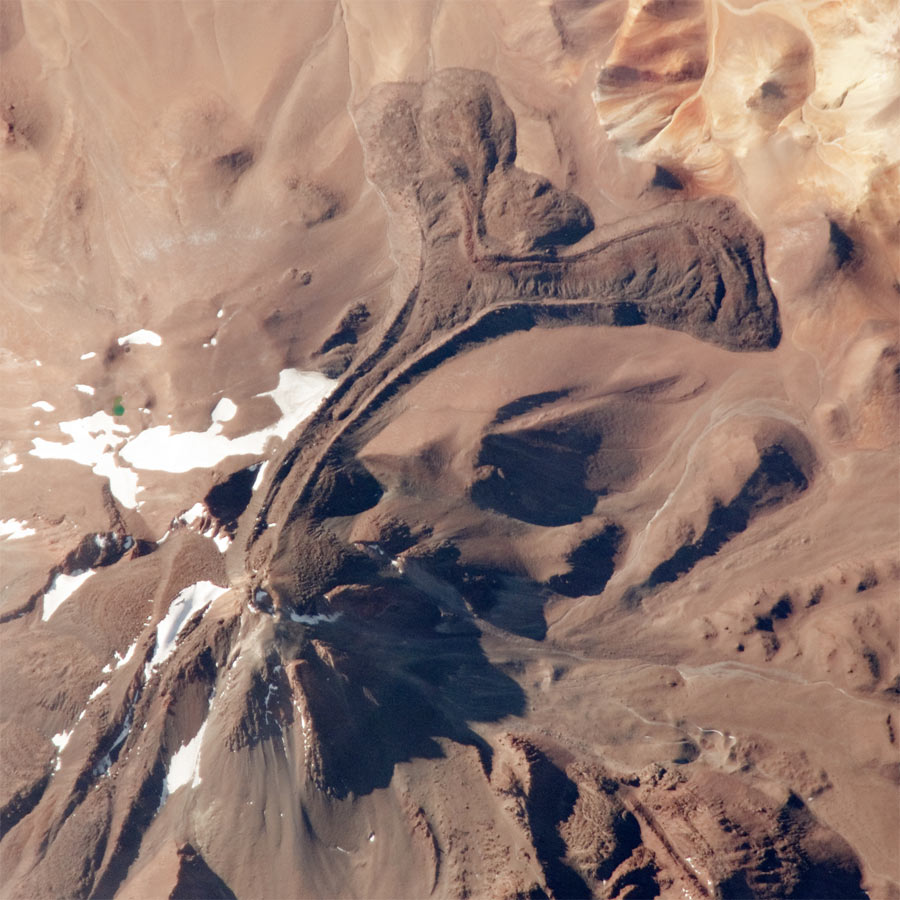
Three child mummies were discovered on the summit of the Llullaillaco volcano located on the Argentina-Chile border. The summit is 22,100 feet (6,739 meters) above sea level, where temperatures were chilled enough to preserve the bodies, turning them into mummies, after the kids were sacrificed some 500 years ago.
The Maiden Mummy
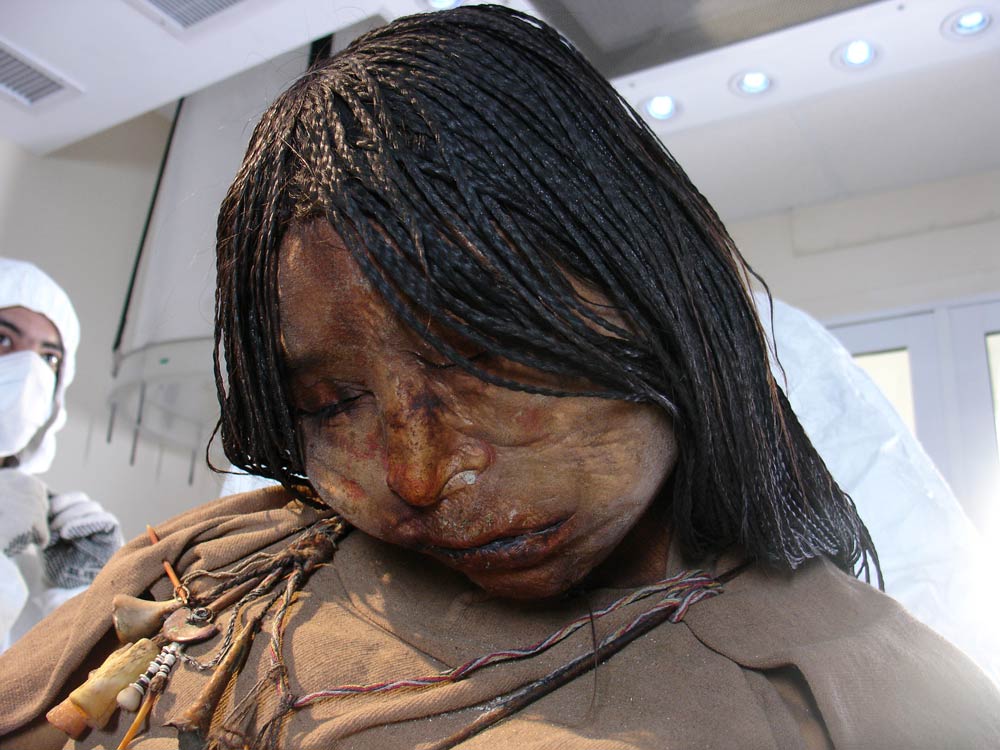
The Maiden mummy of a 15-year-old girl who was sacrificed some 500 years ago suggests she likely suffered from a lung infection at the time of her death, scientists reported July 25, 2012.
Lightning Mummy
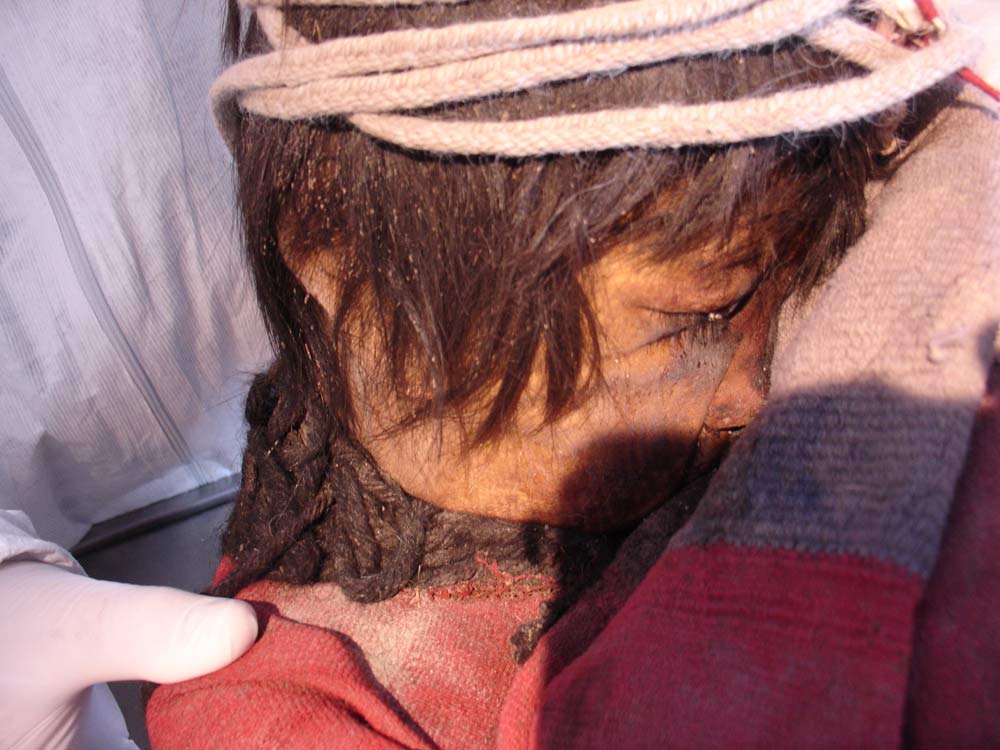
The mummy of a 6-year-old girl was also found on the summit of the Argentinian volcano Llullaillaco, though she showed signs of having been struck by lightning so wasn't sampled.
Boy Mummy
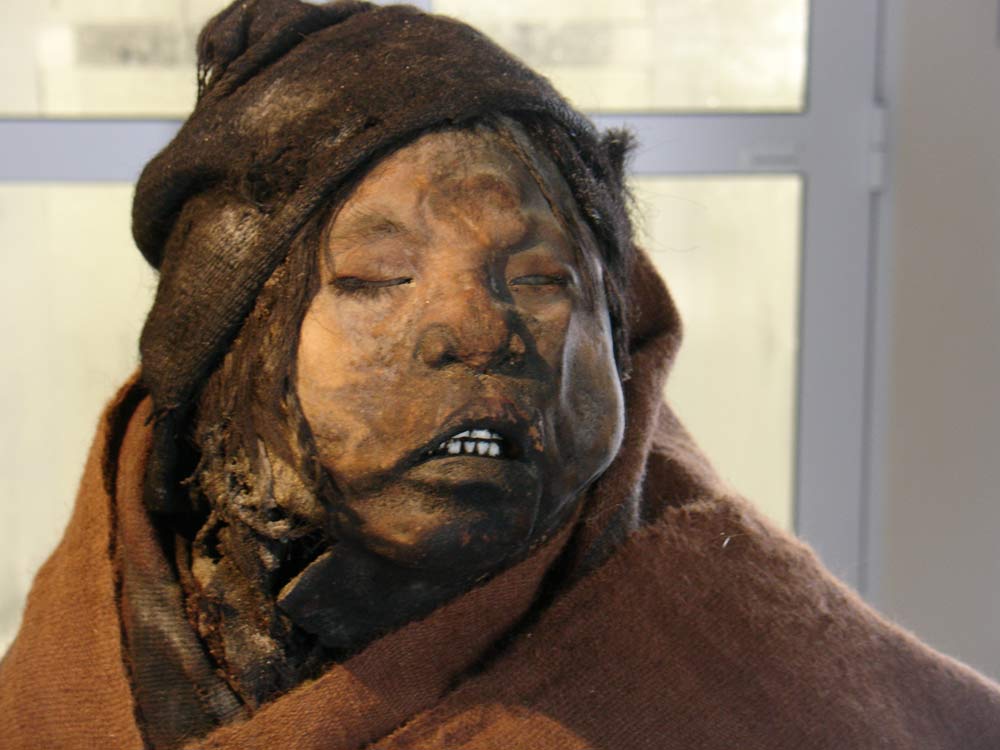
The three Llullaillaco mummies, including that of the 7-year-old boy (shown here), are preserved at Museum of High Mountain Archaeology (MAAM) in Salta, Argentina.
Eye Orbits
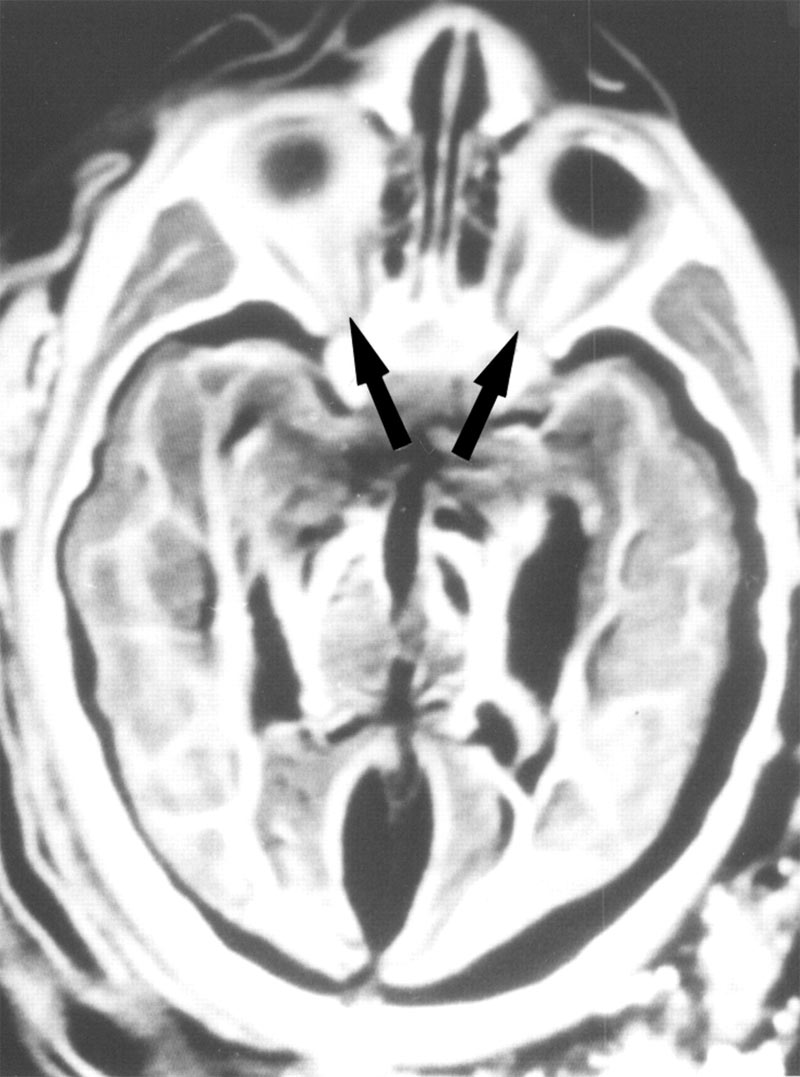
Shown here, the CT scan of the brain of the 6-year-old female mummy who was likely struck by lightning. The scan, released in December 2003, shows her orbits with presence of eyes, optic nerves (arrows), and orbital muscles.
Mummy Brain Scan
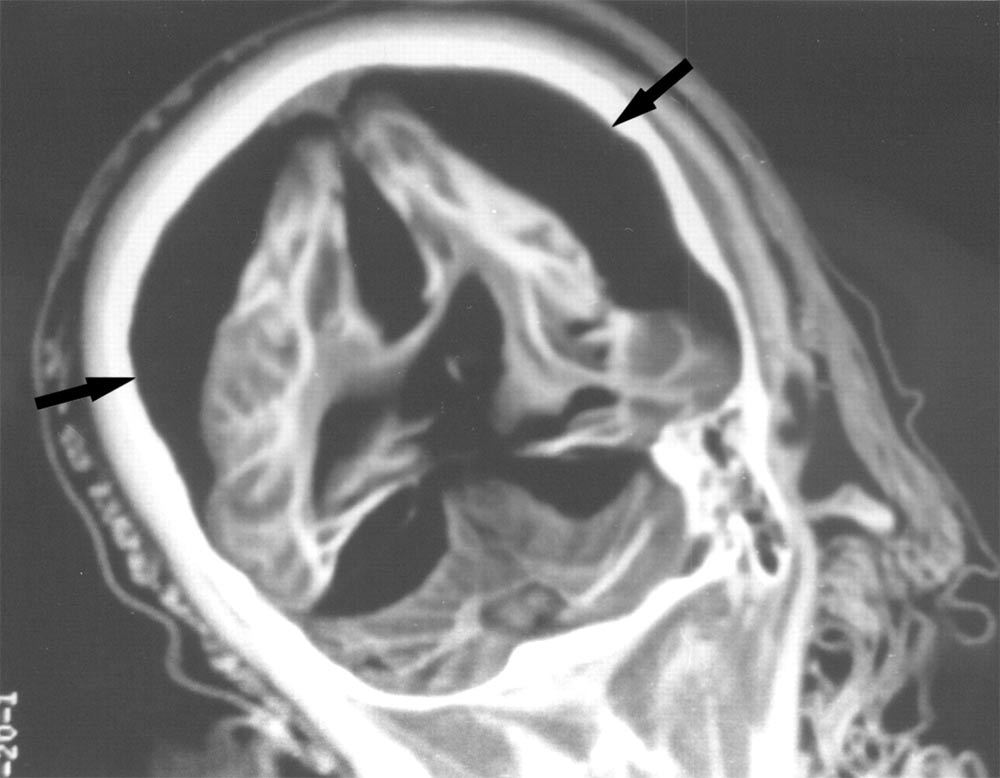
A brain scan of the 15-year-old female Maiden mummy shows differentiation between the white and gray matter in the brain's cerebral hemispheres, with the arrows pointing out air surrounding the brain.
Preserved Brain
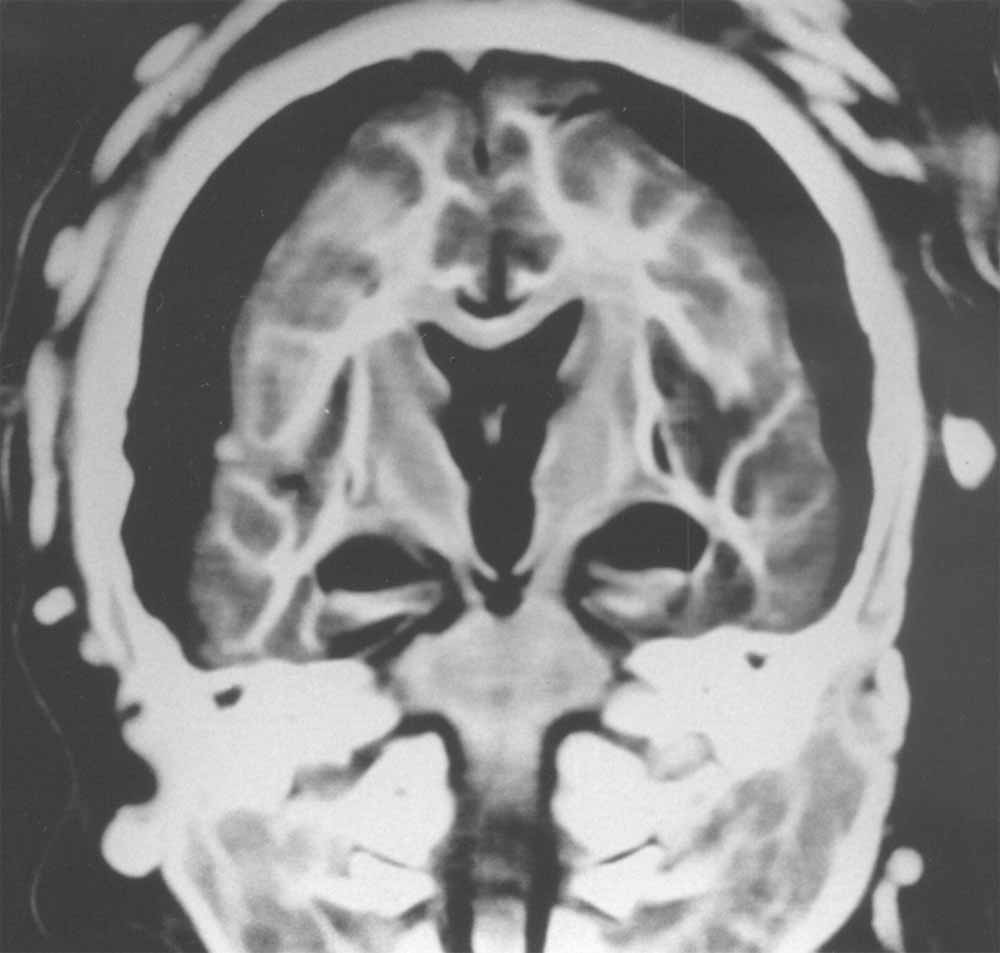
The CT scan of the mummy of the 5-year-old boy showed his preserved brain was in excellent condition even though he had been sacrificed some 500 years ago.
Sign up for the Live Science daily newsletter now
Get the world’s most fascinating discoveries delivered straight to your inbox.
The Maiden
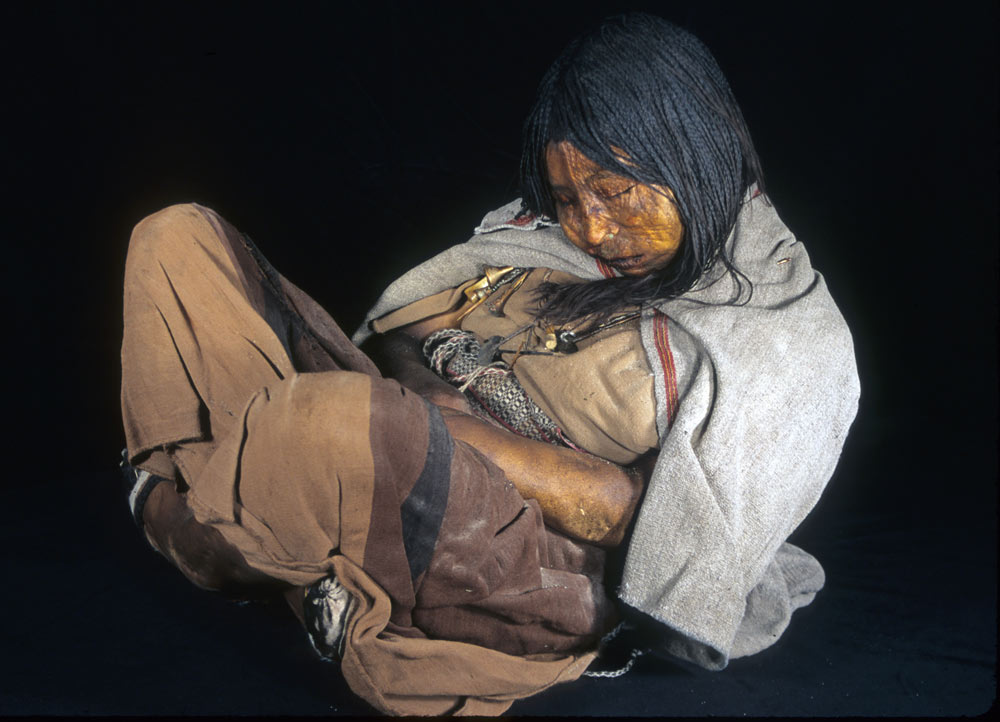
Three Incan mummies sacrificed 500 years ago were regularly given drugs and alcohol before their death, particularly the eldest child called the Maiden (shown here), to make them more compliant, researchers have found.
Ingesting Coca
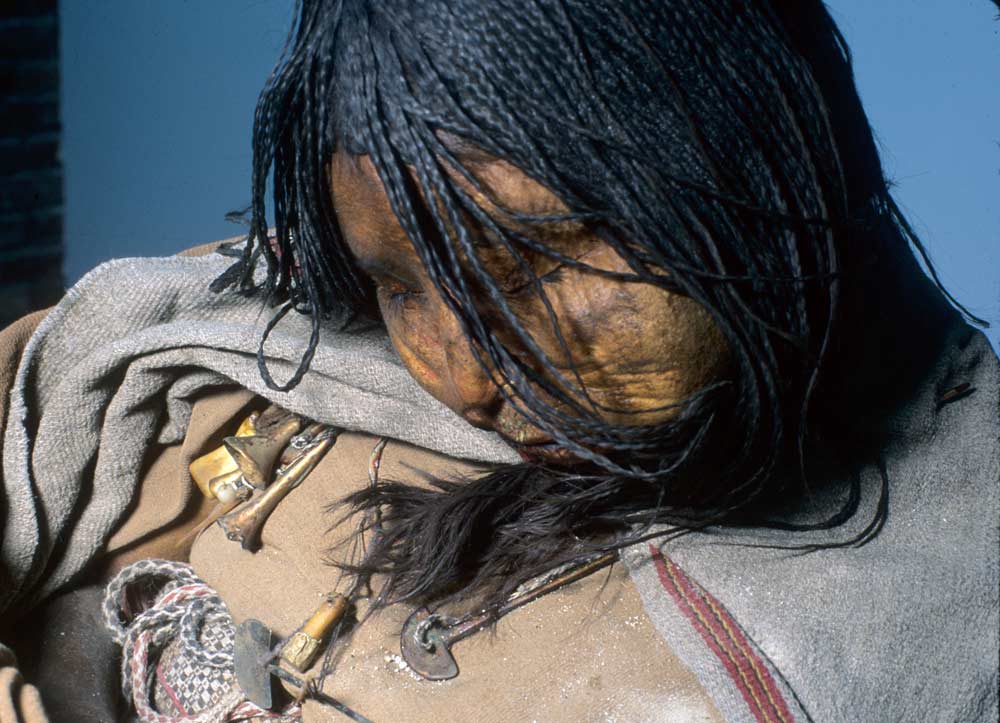
In the study detailed in the July 29, 2013, issue of the journal Proceedings of the National Academy of Sciences, the team found that the younger children ingested coca and alcohol at a steady rate, but the Maiden consumed significantly more coca in her final year, with peak consumption occurring at approximately six months before her death.
Coca Quid
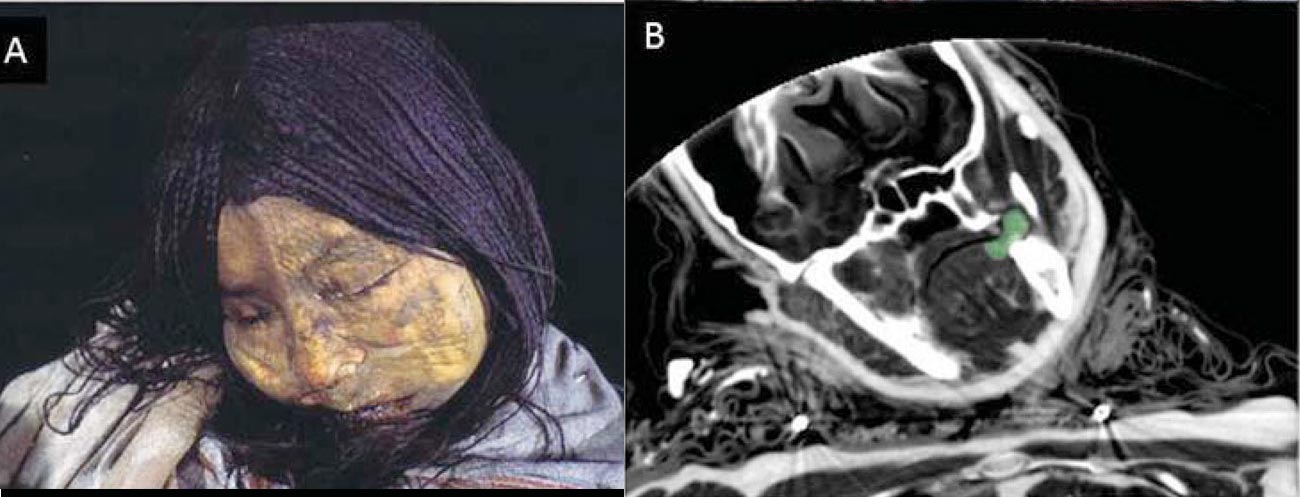
The researchers also discovered a sizeable coca quid (lump for chewing) in between the teeth of the Maiden Incan mummy, suggesting the child was sedated when she died some 500 years ago.
Jeanna Bryner is managing editor of Scientific American. Previously she was editor in chief of Live Science and, prior to that, an editor at Scholastic's Science World magazine. Bryner has an English degree from Salisbury University, a master's degree in biogeochemistry and environmental sciences from the University of Maryland and a graduate science journalism degree from New York University. She has worked as a biologist in Florida, where she monitored wetlands and did field surveys for endangered species, including the gorgeous Florida Scrub Jay. She also received an ocean sciences journalism fellowship from the Woods Hole Oceanographic Institution. She is a firm believer that science is for everyone and that just about everything can be viewed through the lens of science.
Why is yawning contagious?
Scientific consensus shows race is a human invention, not biological reality










